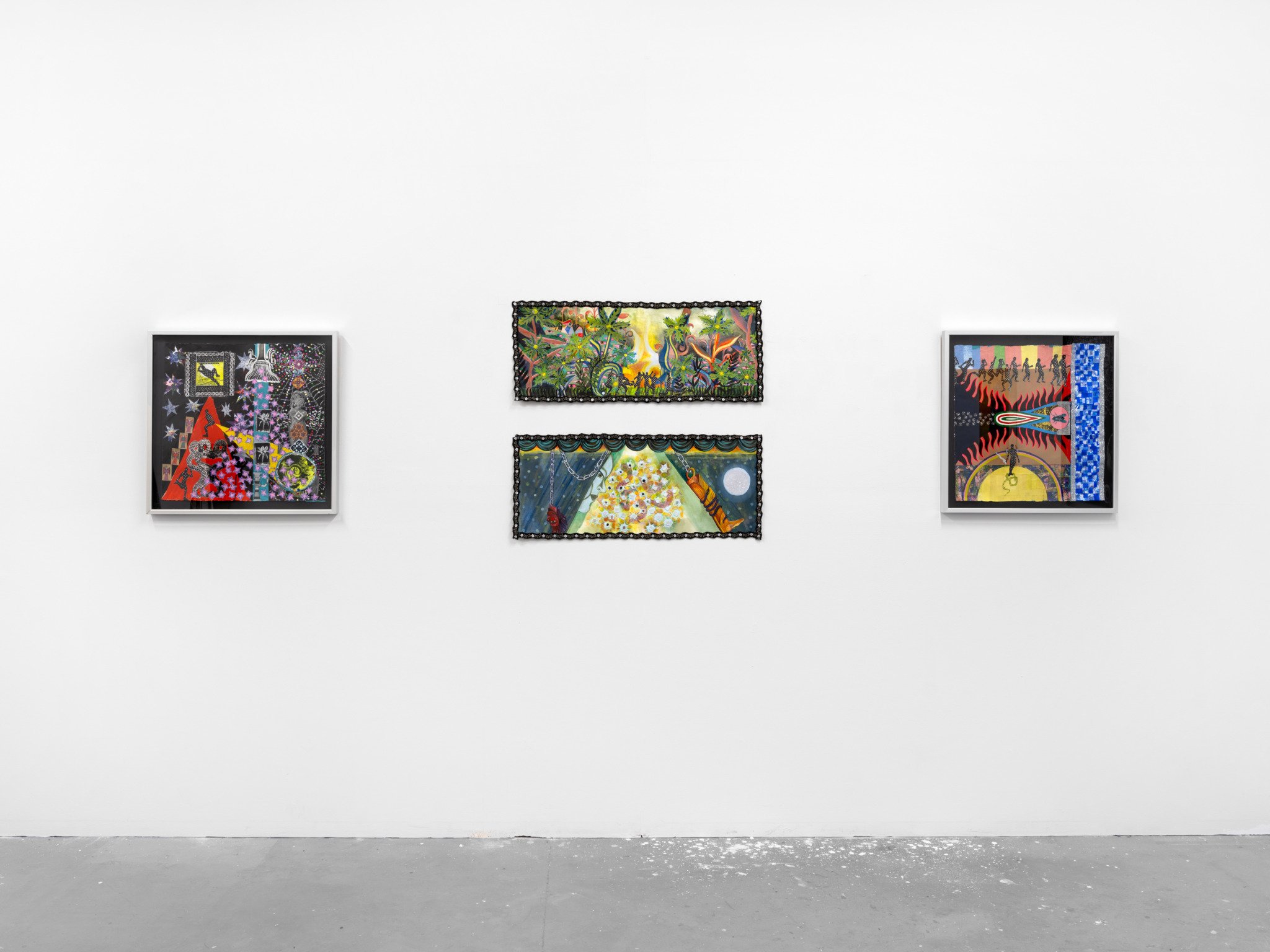Le Corbusier, the Swiss-French architect, is renowned for his groundbreaking modernist principles, which sought to blend functionality, aesthetics, and social purpose. In the aftermath of India's independence, the government sought to create a new capital for the Punjab region, a symbol of progress and modernity. Le Corbusier was commissioned to lead this ambitious project, and he brought along his cousin, Pierre Jeanneret, to assist him.
Jeanneret, an architect and urban planner in his own right, played a pivotal role in the development of Chandigarh. While Le Corbusier provided the visionary concepts and overall design framework, it was Jeanneret who translated these ideas into tangible plans and supervised their execution on the ground.
Chandigarh, conceived as a utopian city, was designed to embody the principles of modern urban planning. The city's layout was meticulously organized into sectors, each with its own designated functions, including residential, commercial, and institutional areas. Wide boulevards, verdant parks, and geometrically precise architecture characterized Chandigarh's landscape, reflecting Le Corbusier's vision of a harmonious fusion between nature and the built environment.
But it was Jeanneret who infused Chandigarh with a sense of practicality and cultural sensitivity. Drawing inspiration from the local vernacular architecture and traditions, he incorporated elements such as brise-soleil sunshades, courtyards, and verandas into the city's design, ensuring that it resonated with its inhabitants' way of life.
The legacy of Le Corbusier and Jeanneret's collaboration in Chandigarh extends far beyond its physical structures. Their innovative approach to urban planning and architecture set a precedent for future developments around the world. Chandigarh became a laboratory for experimentation, influencing subsequent generations of architects and planners.
Moreover, the city stands as a testament to the enduring power of design to shape human experiences and aspirations. Chandigarh's residents continue to live amidst the legacy of its visionary creators, their lives intertwined with the spaces and structures that define the cityscape.









